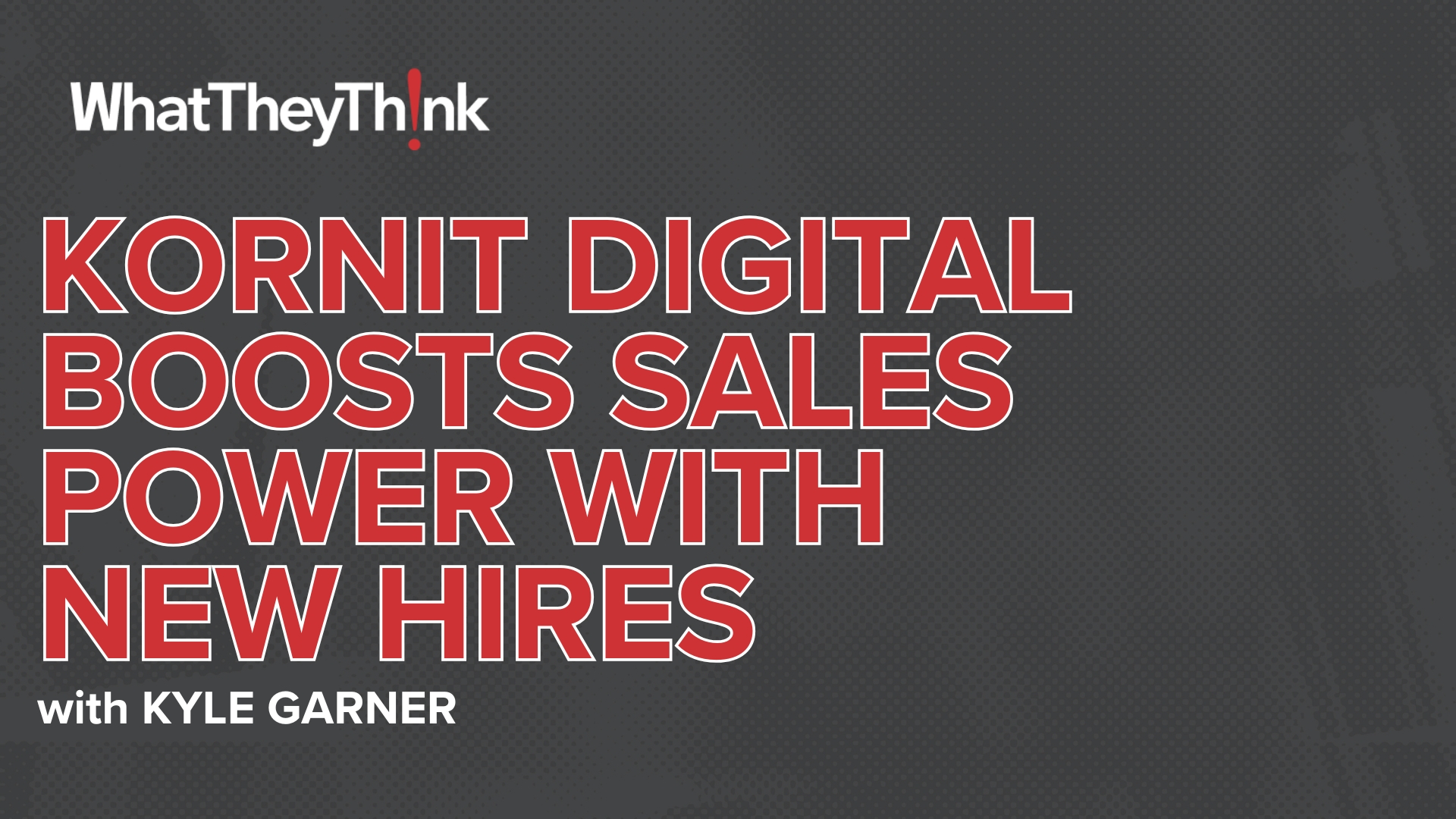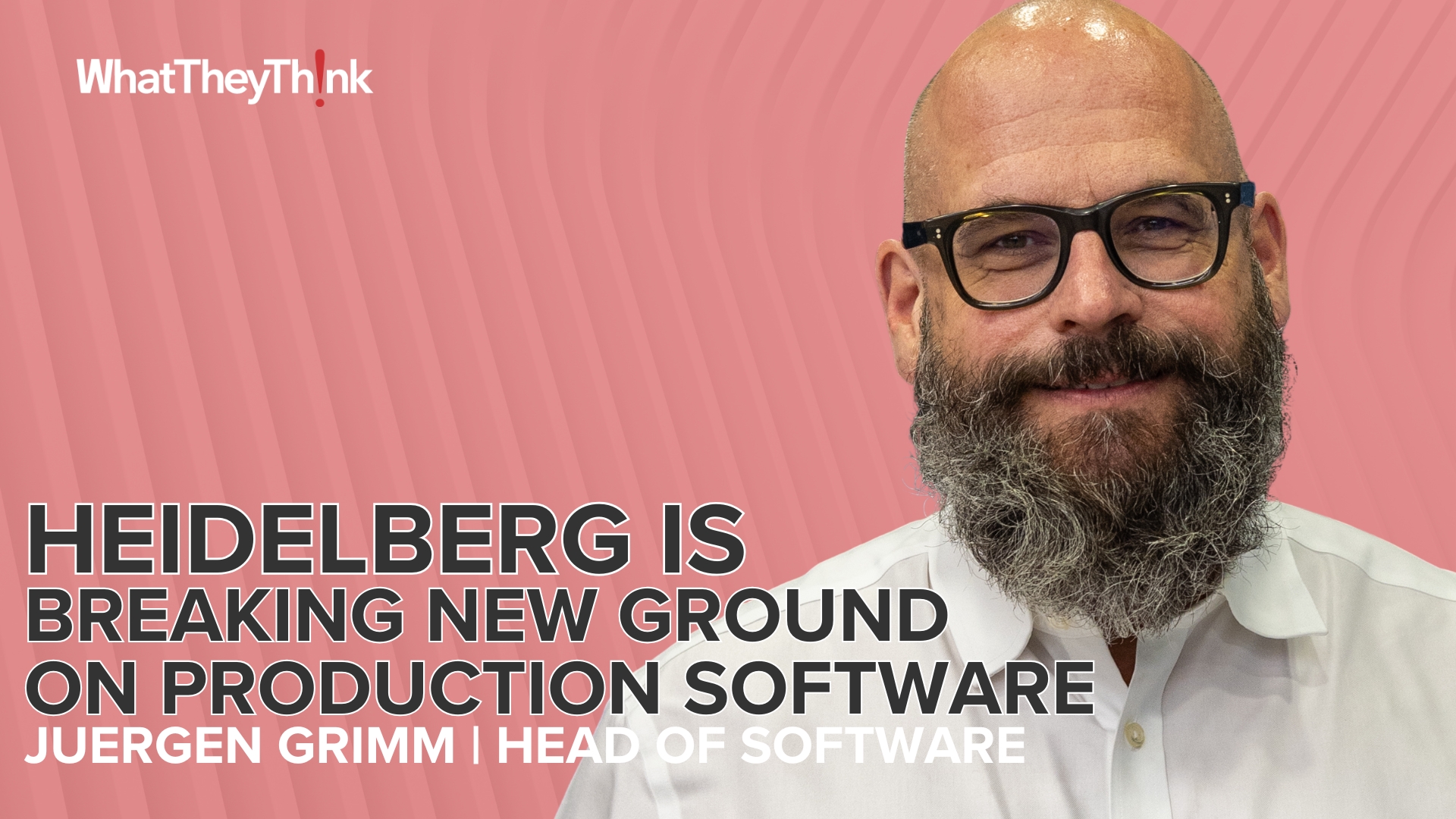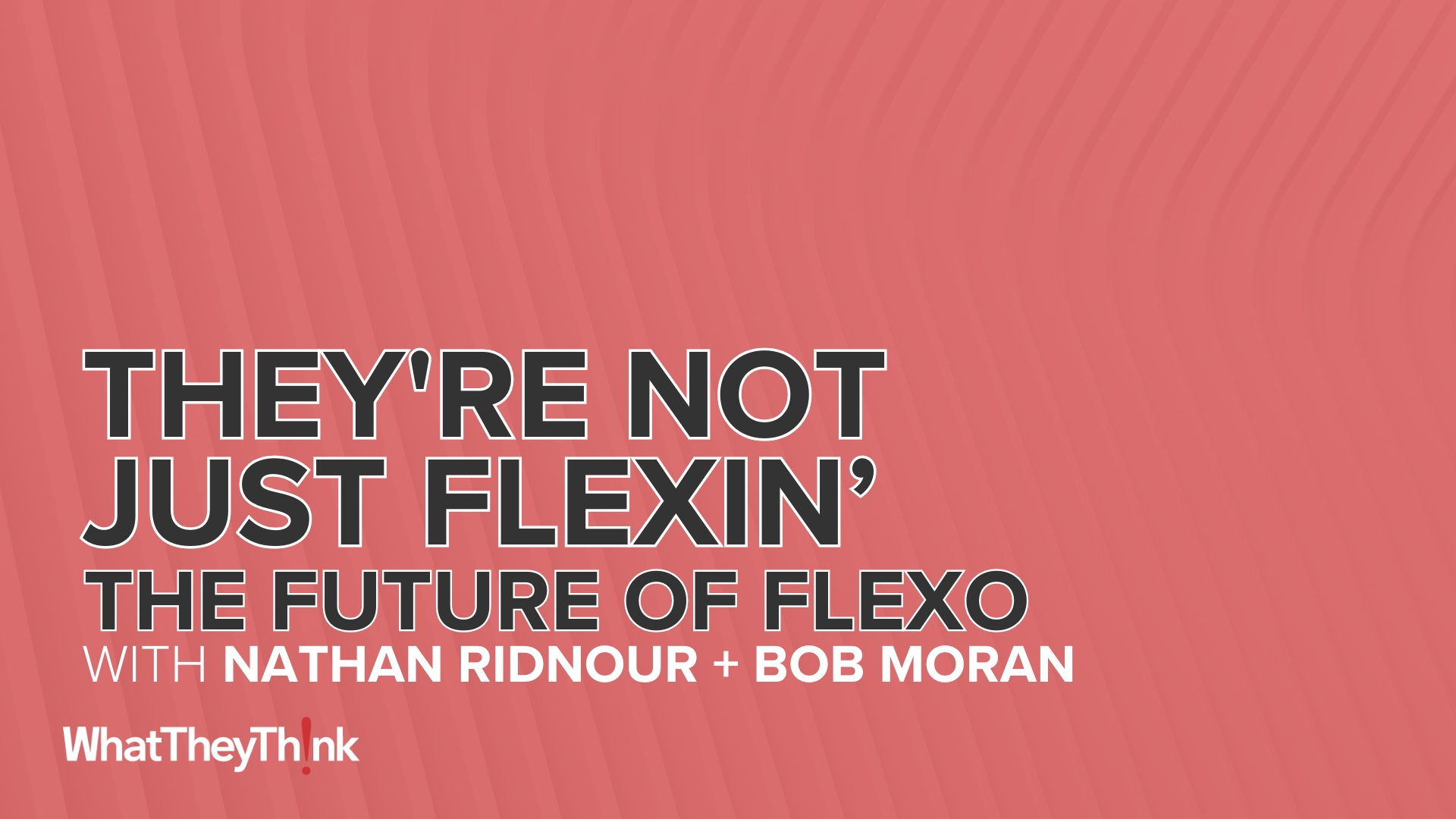On September 4, Kodak marked its first full day in business after emerging from bankruptcy with a media teleconference detailing its new structure, its refocused product strategy, and its plans to rebuild the company’s stature as a supplier of technology solutions in a narrower cross-section of markets than it once served.
About 100 trade journalists and analysts took part in the webinar, the latest in a series of briefings that Kodak has presented while its restructuring was under way. Antonio Perez, Kodak’s chairman and CEO, emphasized what he said was the company’s return to financial stability after filing for Chapter 11 protection in January of last year. He also spoke of technology developments meant to shore up Kodak’s position in its traditional markets and disrupt new markets it intends to enter.
Having shed its consumer operations and various financial liabilities that had been “handicapping” it, Kodak has become a B2B (business to business) company with a “very strong capital structure, a great balance sheet,” and an exclusive focus on imaging for business, according to Perez. He said that Kodak’s path forward will be in three areas: graphic communications, product goods packaging, and—as a new commercial venture for Kodak—functional printing.
Perez drew a distinction between the total size of these markets in dollars and the value of the opportunities they represent for Kodak as “addressed markets.” Addressed markets are the portions that the company can cater to with the products and services it sells. This subtracts the market value of substrates and other items that Kodak does not provide.
By either measure, graphic communications remains by far Kodak’s largest field of endeavor. Within this realm, said Perez, the company is capable of addressing $13 billion worth of a market totaling $445 billion. Here, Kodak’s key technologies are Stream inkjet, SQUARESPOT for thermal plate imaging, electrophotographic printing, CtP, workflow, and digital front ends.
“We see growth in commercial printing, excluding publishing, all over the world,” Perez said. He added that print markets are in “desperate need” of moving from static print to variable output and taking other steps to increase the value of the printed page in a hybrid, multimedia world.
“This is going to be a hybrid industry for many, many years to come,” Perez said.
He devoted a large portion of his talk to promoting Kodak technologies for graphics, claiming that Kodak is the only company that offers printers a complete range of solutions in materials science, digital imaging science, and deposition processes. He stressed the need to use these solutions to eliminate waste and stop the overproduction of printed matter.
Next to graphic communications, packaging is a relatively small market for Kodak, and functional printing still is in an embryonic stage as a business opportunity. But, Perez predicted that both would grow significantly in value for the company.
Kodak claims a $2 billion addressable share of a packaging market worth a total of $247 billion. According to Perez, customers in Kodak’s end of the market are finding that Flexcel, its suite of products for flexographic platemaking, “competes with the quality of gravure” at a much lower cost. Perez said that other Kodak technologies will help printers enhance packages with variable content and “smart” features that extend a package’s functionality.
Perez was at his most visionary in his remarks about functional printing, Kodak’s term for the combination of deposition, printing, and coating techniques that enables it to manufacture touch screen sensors and other electronic products. He acknowledged that Kodak as yet has “no market share whatsoever” in functional printing although its addressable share of a $28 billion market for touch screens potentially could be $2 billion.
When it comes to functional printing, said Perez, Kodak has “disruptive solutions that are going to change the market forever.” With the help of these technologies, now being developed by Kodak and partners Kingsbury Corp. and UniPixel Inc., functional printing “may be the biggest opportunity we have in years to come,” he declared.
According to Perez, the SQUARESPOT laser imaging technology used in Kodak CtP systems is a key ingredient of a system for producing a cost-competitive alternative to indium tin oxide (ITO) based screens, widely used in popular e-devices. This functional printing system will be able to turn out touch screens faster, in larger formats, and at 50% less cost than systems for ITO production, Perez said.
A promising application lies in providing touch screens for portable PCs, which, according to Perez, “have an inferior human interface to tablets” because of the present nature of their screens.
Terry Taber, Kodak’s chief technology officer, clarified the company’s functional printing strategy by stating that the company does not intend to go head-to-head with giant global manufacturers of e-devices. Instead, it will seek to become a supplier to makers of touch screen products with the ITO alternative it is developing.
“Our play is really the component,” Taber said.
Perez added that Kodak has been in the functional printing business ever since the days when it was placing light-activated labels inside film cartridges. “We were a functional printing company whether we knew it or not,” he said.
Today, according to data presented by Perez, it is an organization with 8,500 employees, $2.7 billion in revenue, $500 million in equity, $695 million of debt, and $800 million in cash upon emergence from Chapter 11. He noted that the company is on track to achieve a positive EBITDA of $167 million this year.
“It is a different company,” said Perez, whose leadership tenure is winding down. He has agreed to continue as CEO for one year after the company’s emergence from bankruptcy or until his successor is named, whichever is sooner.
“We are ready,” he said.
Commentary by Patrick Henry
Is Kodak a different company from the one all of us grew up with and many of us have done business with? For Wall Street and Main Street, the answer is yes. Without consumer film, cameras, and the nostalgia of “Kodak moments,” the brand and its significance clearly are not what they used to be. But for Kodak’s graphic arts customers and its rivals in the field, the answer is, not so much.
As the September 4 briefing made plain, Kodak’s foreseeable future as a B2B company depends mostly on how impressive a performance it can keep up in graphic communications—a market in which it has been a leading player for decades, and in which its strengths and weaknesses are already well known.
The briefing was, in fact, the capstone of an ongoing media relations campaign aimed at reassuring Kodak’s graphics customers that, Chapter 11 notwithstanding, the company’s ability to serve and support them would not suffer. Now, the company’s best p.r. strategy will be to preserve this carefully cultivated aura of status quo ante as memories of bankruptcy fade. In the near term, no news will be good news for Kodak as it works out of the spotlight to reinforce relationships in the traditional markets that will continue to provide most of its revenue.
How Kodak will fare outside its comfort zone in graphics is impossible to predict. Some of Perez’s comments about functional printing seemed a little far-fetched: how can a company with no footprint in a market credibly claim to be on the verge of changing it forever? If Kodak really is holding game-changing cards here, it should tip its hand a little before Perez or others make more pronouncements of this kind.
It’s good to see Kodak finally out of the weeds of Chapter 11. Going forward, there’s no point in getting misty-eyed over what the company once was or in pontificating about what it could-have-should-have done to keep out of the sad mess it got into. If Kodak truly is ready to take the future as it comes, then so should its customers, chroniclers, and critics.















Discussion
By Charles Gehman on Sep 06, 2013
Hard to believe it's possible but I'm actually less excited about their prospects after reading this.
The idea that they could be a competitor in the area of "providing touch screens for portable PCs" seems implausible. This company doesn't have the DNA to go up against world-class organizations like Samsung, just as one example.